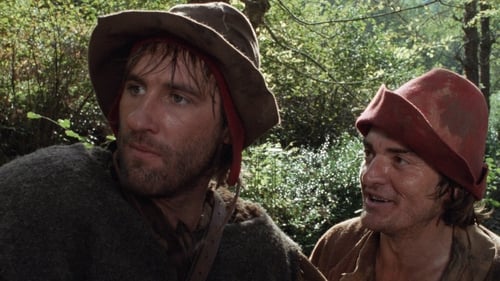
Indeed, it was Zemon Davies’ dissatisfaction with the account offered by an earlier French film, directed by Daniel Vigne, that inspired her to write the book. Moreover, because these events were so exceptional, they have been retold multiple times, helping you to think critically about each version by comparing them.

Micro-history was not something I had ever encountered before but engagement with different types of history has proved very useful at university where you are encouraged to think about how history is written, why different approaches are adopted, and what these different methods can tell us about the past. The book is a classic example of micro-history, focussing on something very small (i.e: the life of one peasant) yet suggesting much about sixteenth-century society more generally, such as the way that its legal systems operated or how its gender roles functioned. In addition to being really interesting in its own right, “The Return of Martin Guerre” really helped me to move my application beyond typically content-based A-Level work by getting me to consider different ways of doing history.

Ultimately, it allowed me to better engage with the types of history books that I had previously found so impenetrable. It reassured me that histories of more ordinary people could be reconstructed in great detail, despite the elite biases of source material. In it, Zemon Davies traces the life of the sixteenth-century peasant Arnaud du Tilh, who successfully pretended to be Martin Guerre for c.3 years before being taken to court for identity theft. The book tells an incredible story, engagingly written, meaningful, and short.

The Return of Martin Guerre was one of the first texts I embarked upon that I genuinely enjoyed every page of and did much to convince me that I really wanted to study History further. Before applying to university, I knew that History was my favourite subject but was daunted by the amount of reading that a history degree would entail.


 0 kommentar(er)
0 kommentar(er)
